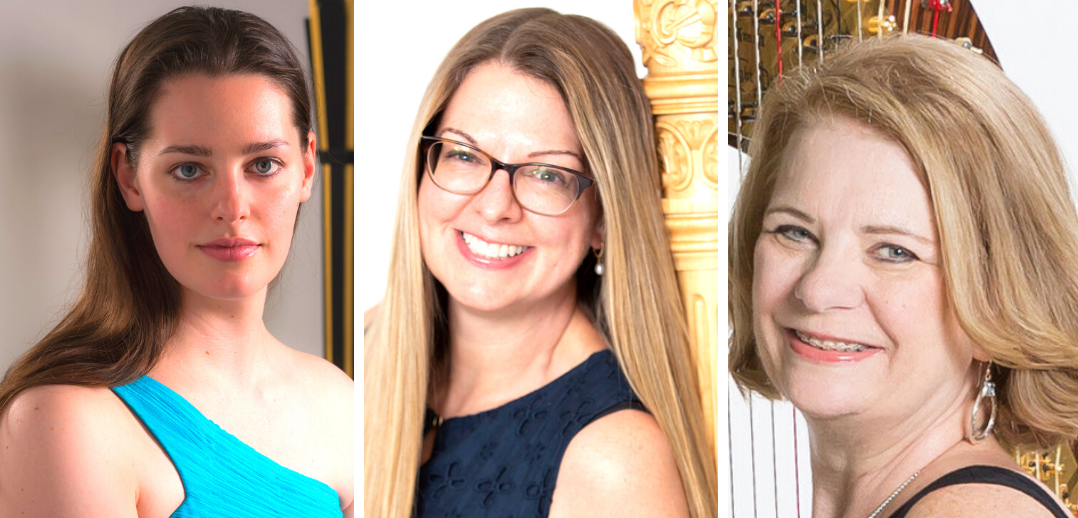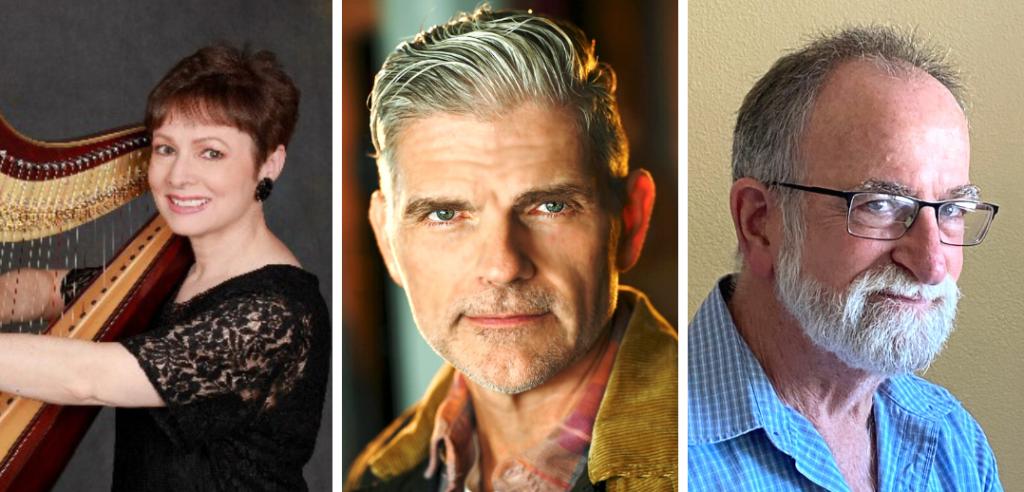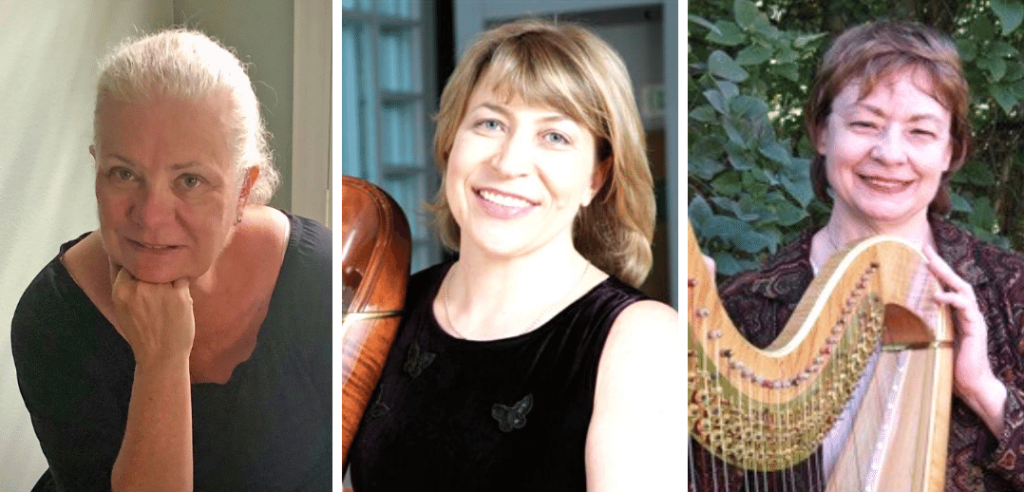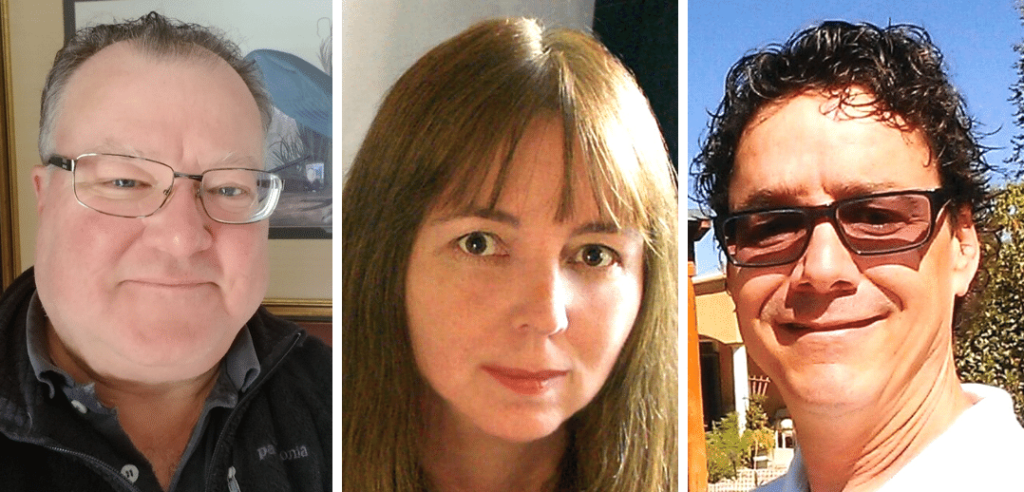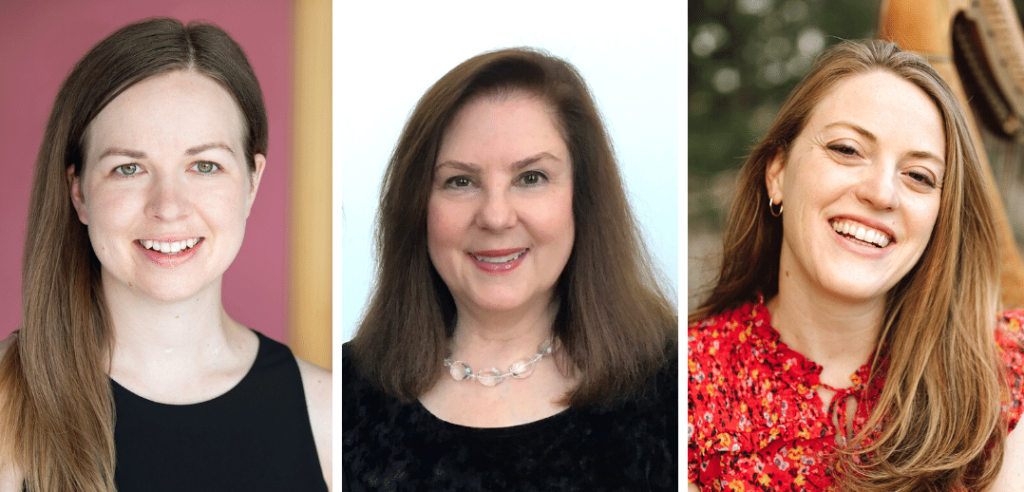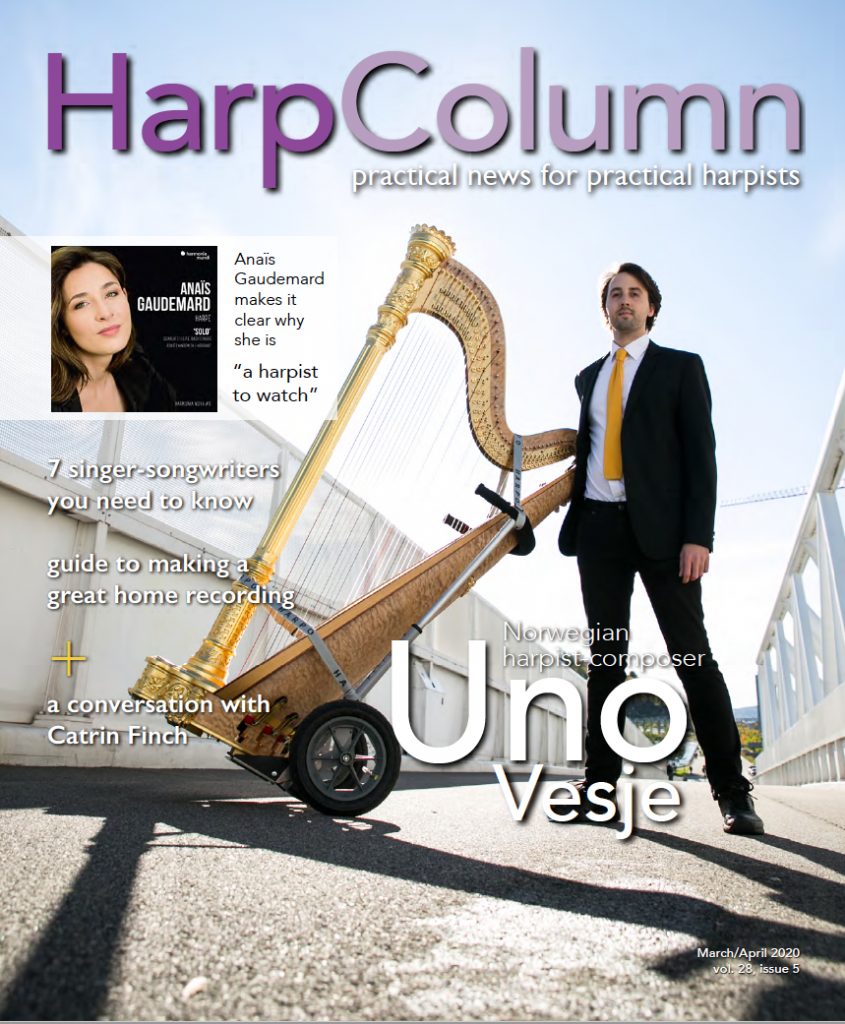Well, there are actually two kinds of grace notes: short (acciaccatura) and long (appoggiatura). Both are marked as a smaller note, often with a slash across the stem and sometimes with a slur connected to the next note. Acciaccaturas are played in a “short” unequal manner, before the principal note. Appoggiaturas are “long” grace notes with equal measure to the principal note, such as a graced quarter note played as two equal eighth notes. Both can come from below or above, but appoggiaturas tend to be above the principal note due to their more structural role, serving as short suspensions on strong beats.
But how do you know which to play when? It may not be obvious from printed music whether a grace note is short or long. This requires digging a little deeper. For example, looking at different eras, baroque music often involves acciaccaturas whereas classical style, specifically Mozart, mostly implies appoggiaturas. However, there are no hard rules. Harpists should be guided by researching preferences of the composer, regional and era-specific styles, and context within the musical line. In the end, the performer takes these clues to decide tasteful ornamentation.
—Abigail Kent is Principal Harpist of Symphony in C, guest principal harpist of the Charleston Symphony, and is currently pursuing her doctorate with Nancy Allen at The Juilliard School as a C.V. Starr Fellow.
An appoggiatura and a grace note are two different types of ornaments that are easy to confuse. Both contain a small-print note before the principal note, but the grace note usually has an oblique line through the stem. The surest way to tell the difference is to note the date of composition. If you find a small preceding note without a slash through the stem in a piece from the Baroque period or before, it is an appoggiatura since grace notes did not exist until the Classical period.
Either way, how you perform the two ornaments is radically different. Appoggiaturas are melodically important, delay the principal note by a portion of its time value (often by half), and are played with emphasis. The small-print note is often dissonant and resolves to the consonant principal note. The grace note developed into a shorter version of the appoggiatura, however with significant differences: the small-print note is not melodically important, is usually performed before the beat, quickly, and without emphasis. Depending on the time period and musical context, it can sometimes delay the sounding of the principal note, but never as long as the earlier appoggiatura. Two ornaments, two very different ways of playing them: keep an eye out for the slash through the stem!
—Dr. Laura Sherman is a lecturer in harp and music theory at the Frost School of Music at the University of Miami.

An appoggiatura is a form of grace note added to enhance the melody line and provide more interest to a particular note. “Appoggiatura” is an Italian word meaning “to lean.” It is typically one note higher or lower than the principal note and usually on the strongest beat of the measure. It delays the next note of the melody taking half or more of its written time value. This added “odd” note of the chord resolves to a main note that is a regular note of the chord.

There are two types of grace notes: the appoggiatura and the acciaccatura. An appoggiatura is a single note without a slash through it. It can be a tiny note head or normal size. An appoggiatura begins on the beat and can be quick or take up a large portion of the value of the principal note. It should be played with a lean on the first appoggiatura note and less on the resolution note.
An acciaccatura is one or more small notes with a slash through the stem. The slash indicates its note value does not count as part of the total time value for the measure. An acciaccatura begins before the beat and is always played quickly before the principal note.
By definition it sounds easy, but technically these rules are not always followed and tradition has weighed heavily on a musician’s decision to play the note before or on the beat. For older works, listen to recordings to find a pattern in the traditional way others have done it. For newer works you may want to consult the composer or be creative and figure out what sounds the best to you. •
—Susan Bennett Brady is principal harpist for the Atlanta Opera, co-director for the Young Artist’s Harp Seminar, and on the faculty of the Schwob School of Music.






